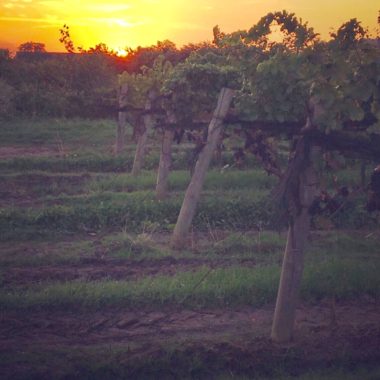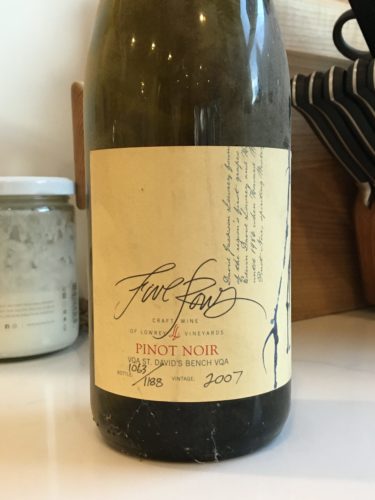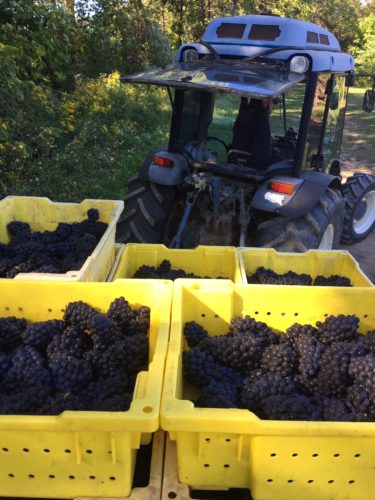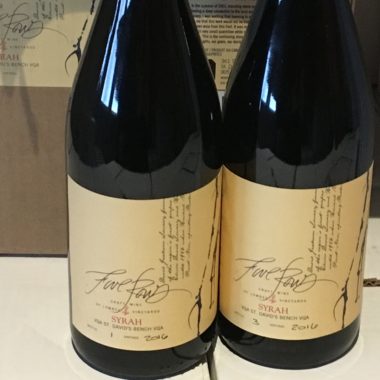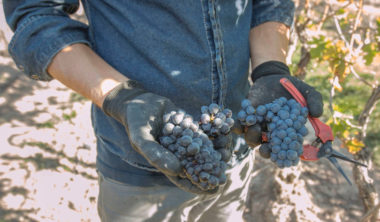2021 “Jean’s Block” Riesling
Spending time within our 14-row block of Riesling can be a sublime experience. It is the easternmost planting on our farm and sits a stone’s throw away from the Four Mile Creek.
It is the place I escape to when I want to get furthest away from the winery, both physically and emotionally. There is something very soothing about the uniformly trained VSP trellis and vibrant green foliage and clusters.
I’m transported back to my early days on the farm, when the creek was our playground and pear and plum orchards surrounded this very spot. If I close my eyes, I can picture crews of local youth and family friends pitching in to scale rickety ladders, braving bees and poison ivy, to reach that last beautiful pear or plum atop the tree. The little ones were usually tasked with picking lower hanging fruit, something I grew to resent when I was deemed old enough to ascend that rickety ladder. Ahh yes…I can still feel that heavy 11-quart basket dangling from an annoyingly uncomfortable harness around my shoulders.
The “glamour” of modern-day grape farming is suddenly more apparent. I get to do this job in an era of grape harvesters that actually destem and sort grapes, GPS and GIS maps of soil composition, protecting windmills, air-conditioned tractors, podcasts and earbuds. There are still bees and poison ivy, but, thankfully, no ladders are involved.
The 2021 “Jean’s Block” Riesling was harvested on September 29th. The fruit composition numbers were just to my liking – 17.8 degrees Brix, TA 8.9 g/L, pH 3.09 – and most importantly, the fruit was relatively clean (for Riesling!).
The juice was fermented in tanks using two different yeasts, W15 and X5. After three weeks of cool fermenting, the tanks had reached the desired specific gravity of 1.004, just slightly off-dry. 94 cases were bottled on April 25th, 2022.
Somewhere along the line this wine morphed into all things peach; with notes of fresh peaches, peach blossoms, fuzzy peach candy and homemade peach pie. There are some other subtle floral and citrus aromatics hiding between the peach trees that make this Riesling as fun to nose as it is to drink.
$40/bottle

